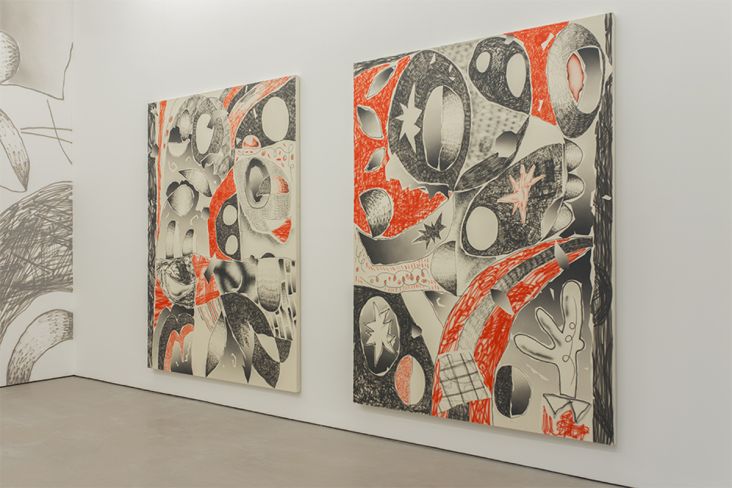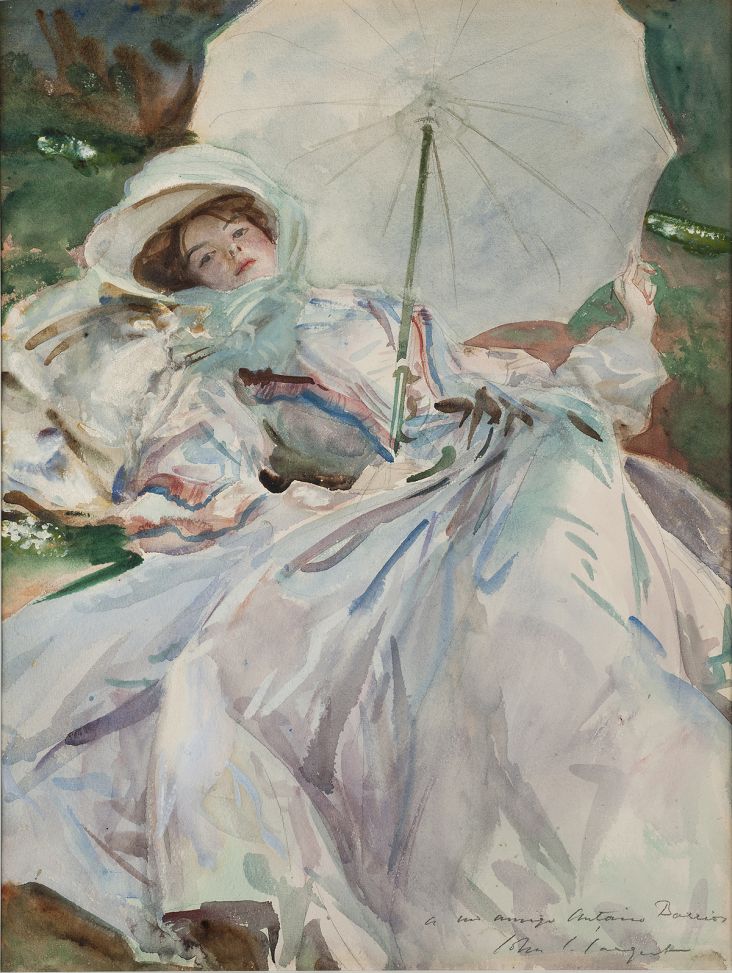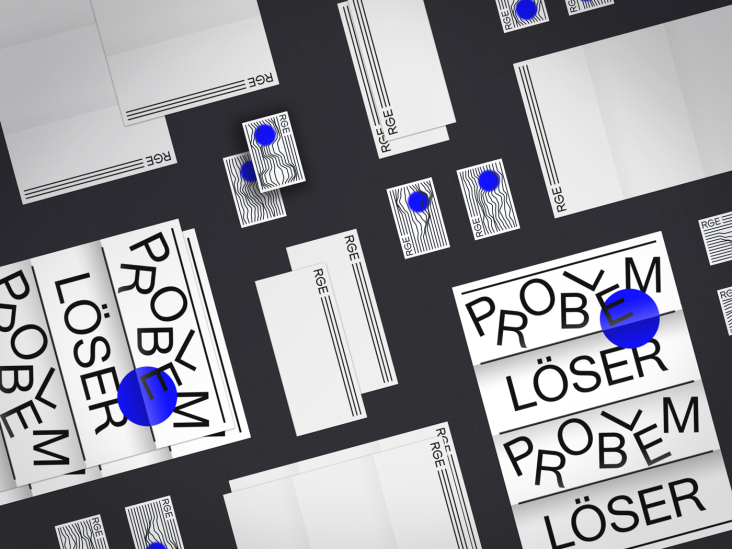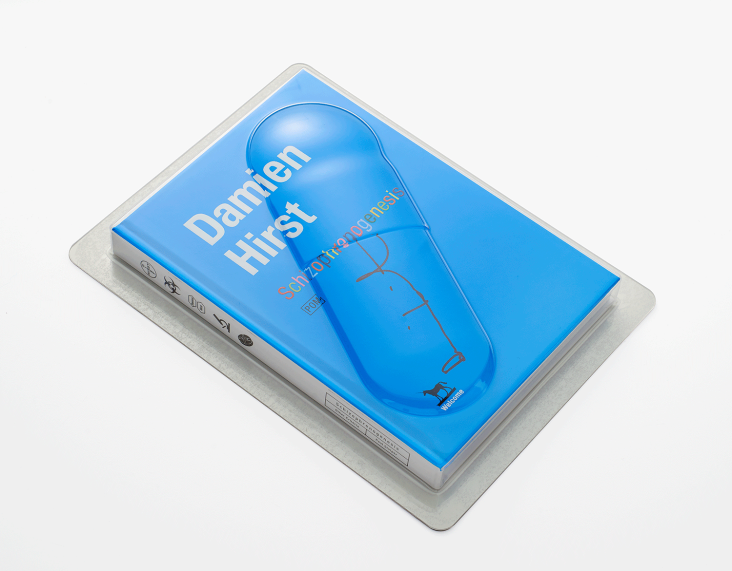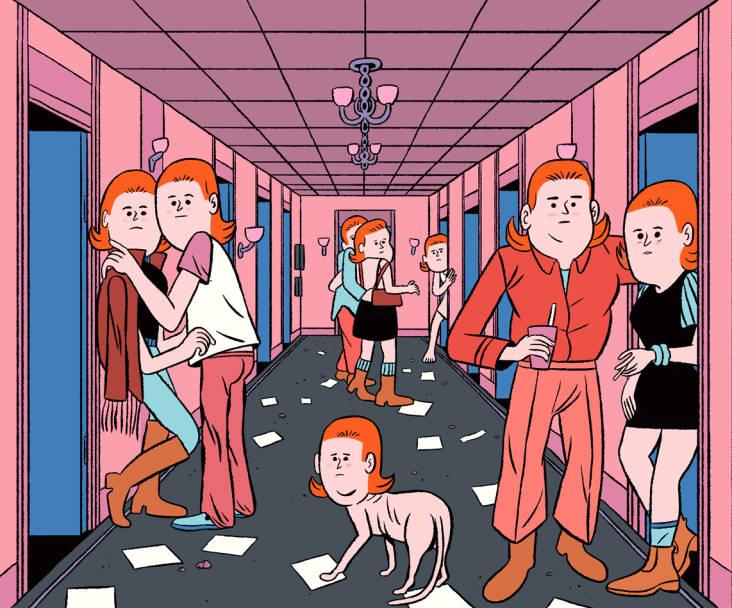Kate Kato's unusual artworks where fungi and flowers seem to spring from nature books
Common Fungi and British Wild Flowers are the first two in a new series by Bristol artist Kate Kato, which explore the idea of nature emerging and taking over old, used objects, creating their own mini worlds. "I started with these books, as I like the idea that the information is growing from the pages, informing people in a completely different way to the original object," she explains.
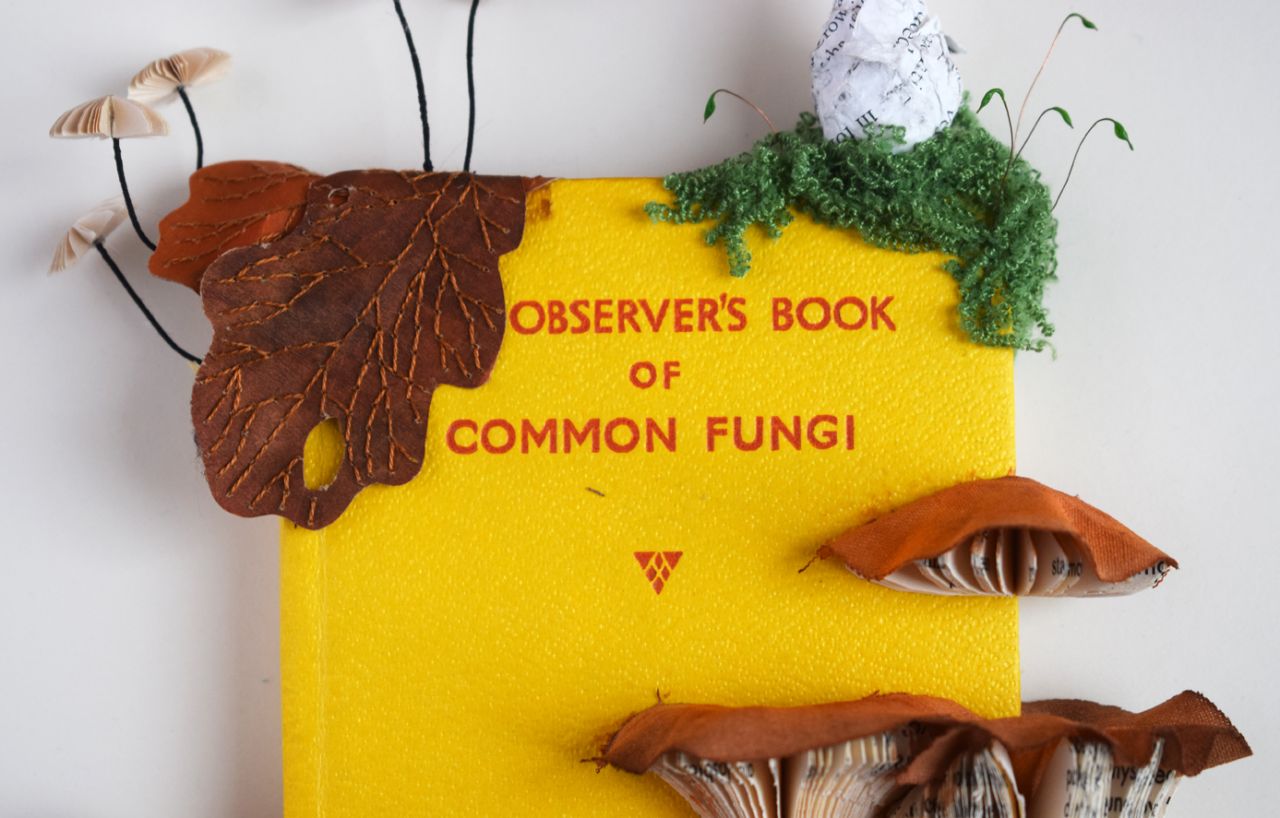
Using recycled materials Kate tries to capture the delicate detail and beauty found in nature. Her work is influenced by plants, insects and found objects which she recreates as intricate, life-sized sculptures and arranges carefully into collections and dioramas. "I have always been fascinated by the natural world; a love instilled in me at a young age, and documenting what I discover has become my main motivation for creating my work," Kate adds.
"As a child I spent a lot of time collecting bits and pieces in tins or boxes, which I would take with me on walks through parks or countryside. This has had a huge influence on my work along with my love of botanical illustrations, the natural sciences and the nostalgia of museum visits where, as a child, I would be mesmerised by the variety of exhibits and the way they were displayed. I tend to view my work as a 3D record of my knowledge and experiences of the natural world."
Working mainly with paper, Kate also uses wire, thread and fabric: "When I moved from creating 2D work to 3D it seemed like a natural progression to continue using paper and its properties lend themselves well to the plants and insects I like to create. I use a range of techniques to create my work including carving, wire work and embroidery. I love the changes in colour and texture created by the variety of materials and techniques I use, helping to make the sculptures more lifelike. I also use watercolours to add colour and patterning to the sculptures as well as selecting appropriate pages from the books and magazines I collect."
Aside from the two book sculptures, Kate also recently created The Order of Insects 203 – to show the diversity of insects, the colours, shapes, sizes, patterns and textures. "They are fascinating creatures both visually and scientifically as they keep our planet working in so many different ways," she says. "Figures suggest that for every person on the planet there are 200 million insects. That means I would have to make almost six million more displays to reach this number. Whilst we often believe them to be annoying or scary, each species has its own niche in the world and a job that is vital to the survival of their (and our) eco-system."
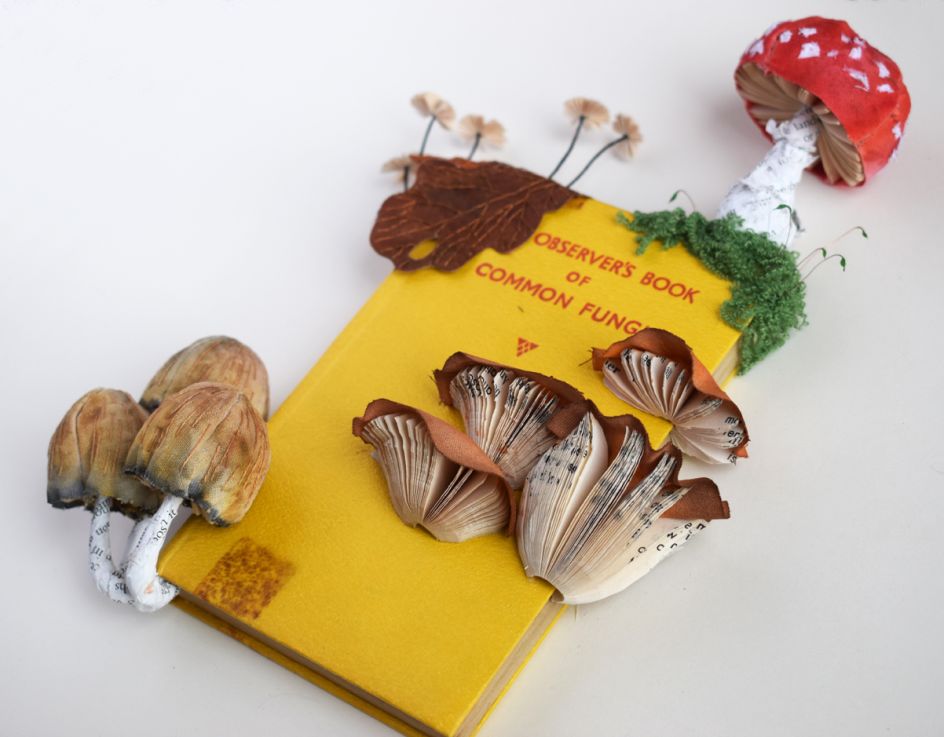
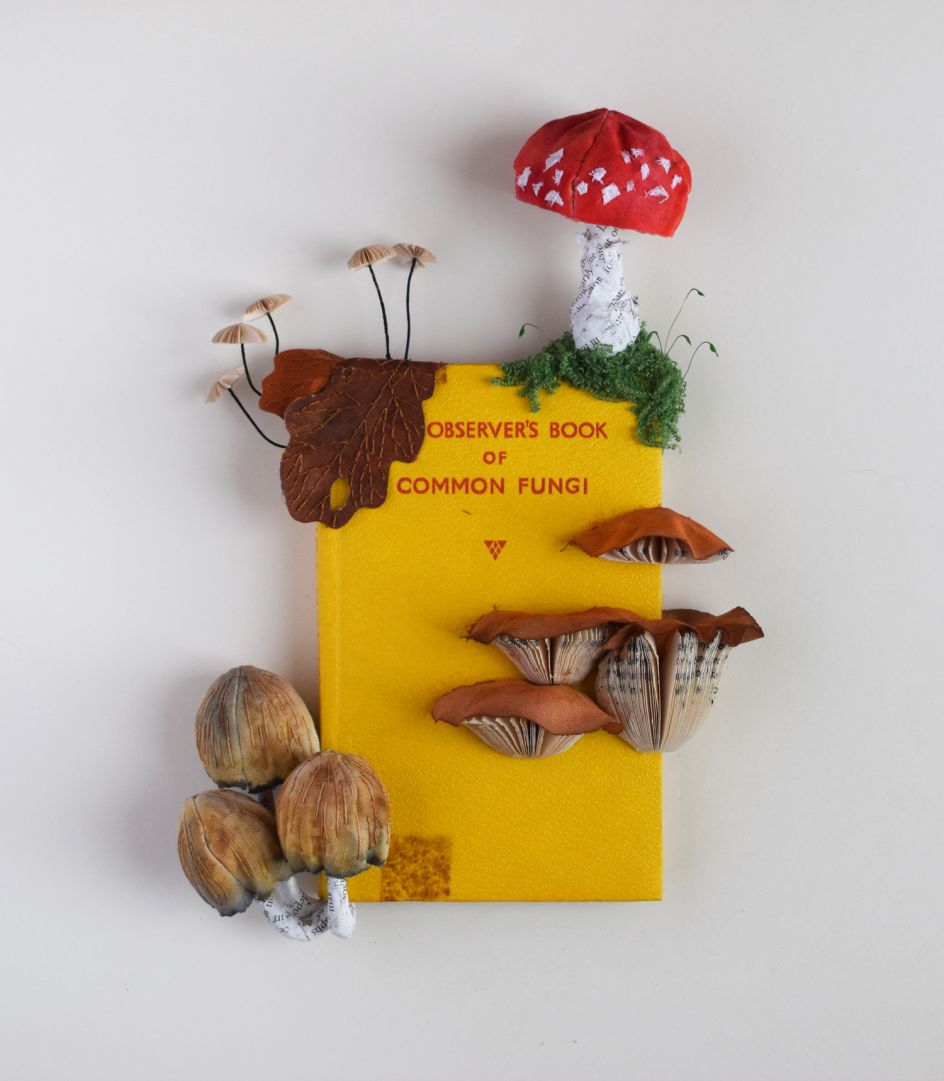
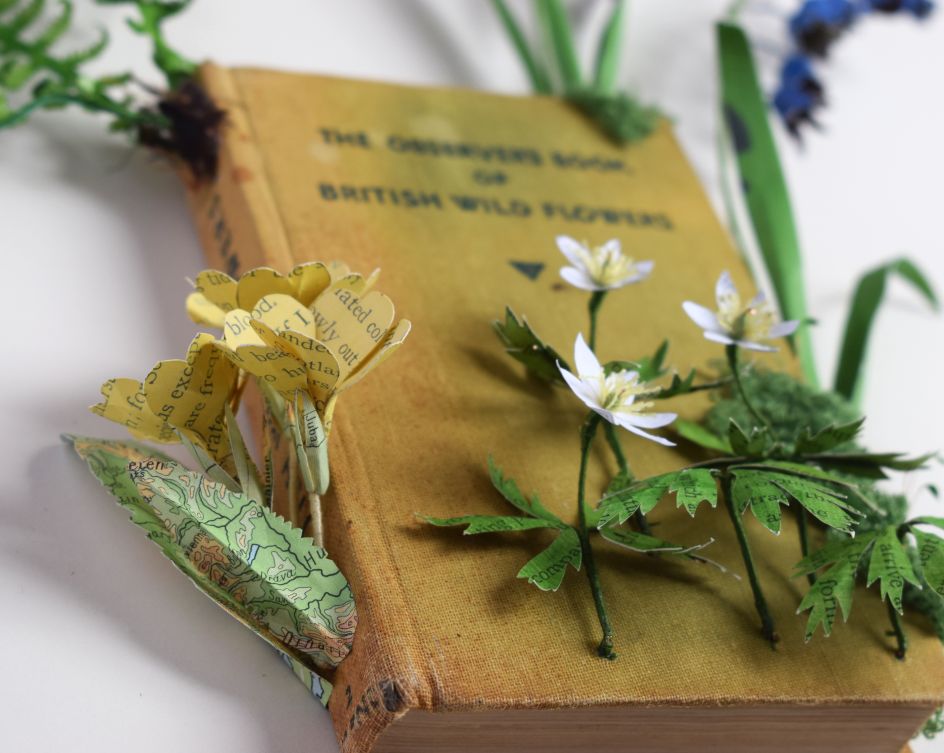
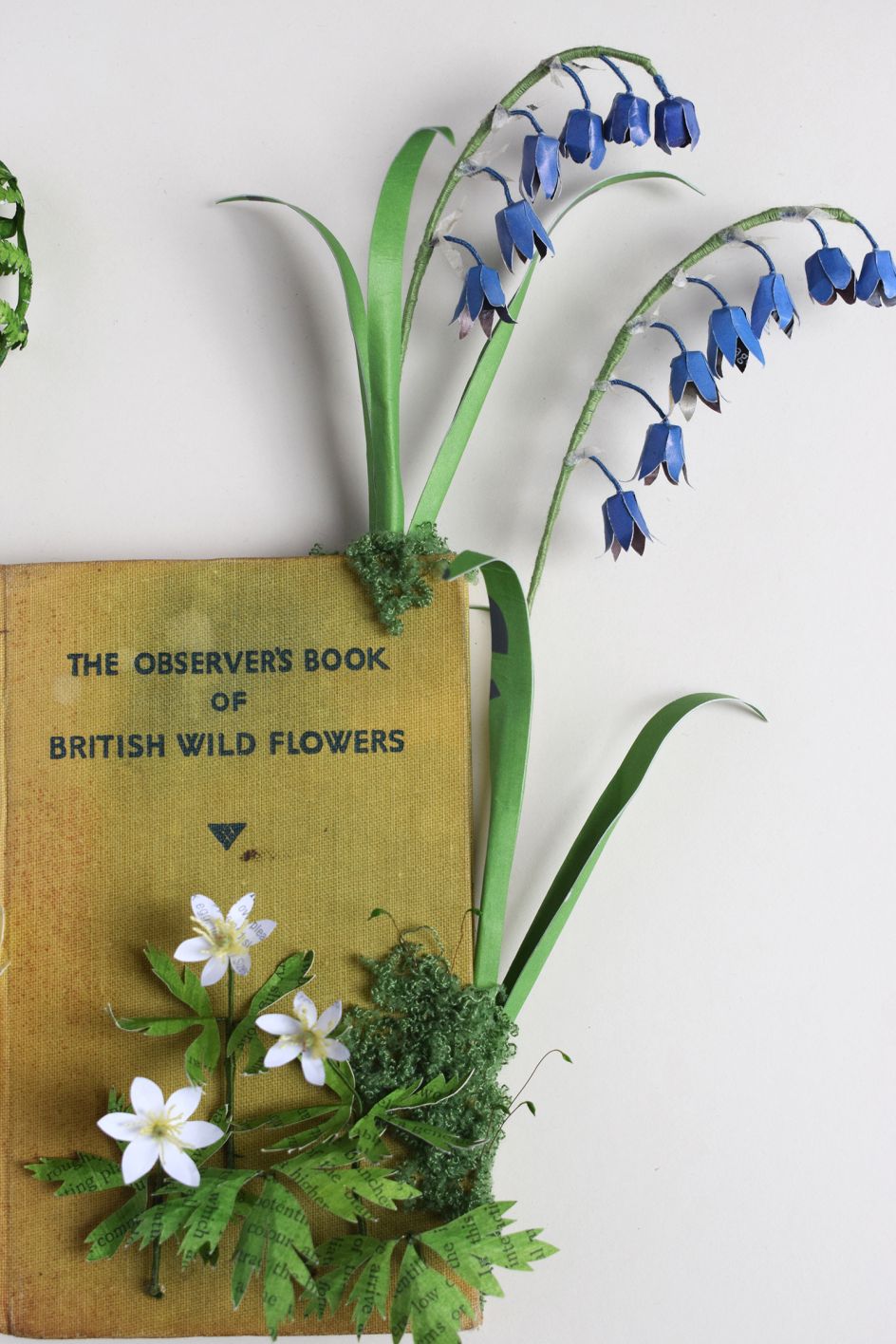

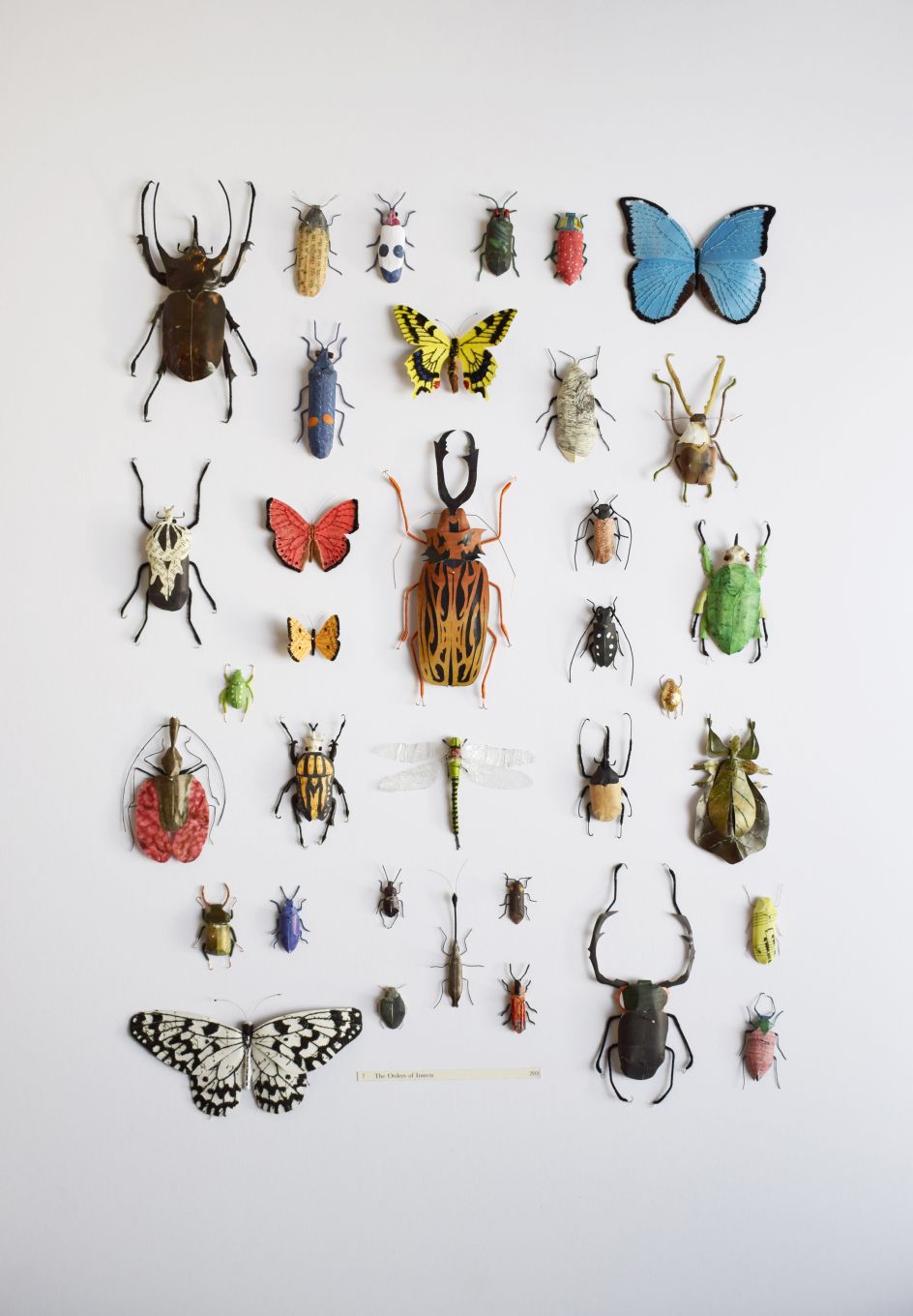
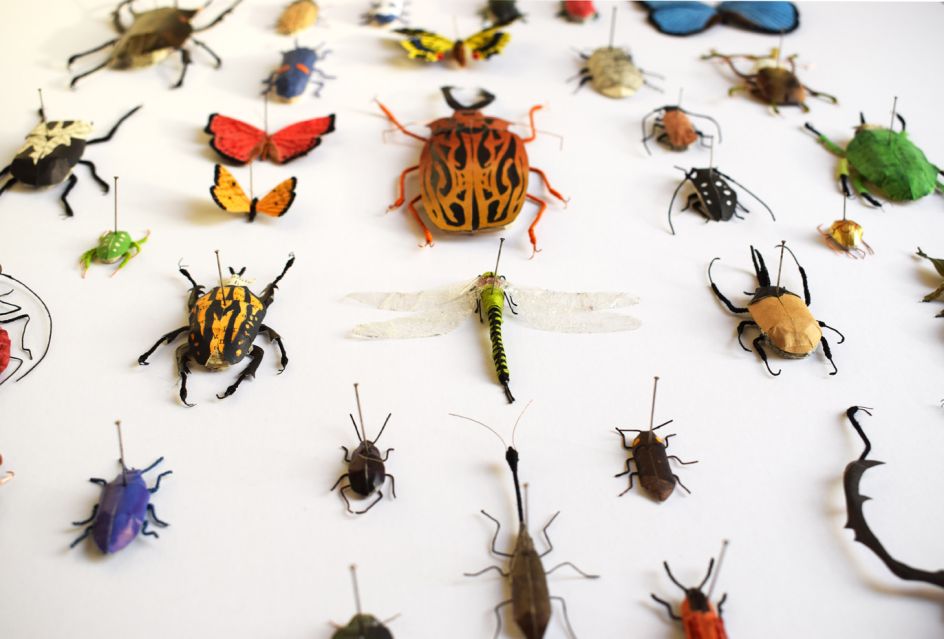
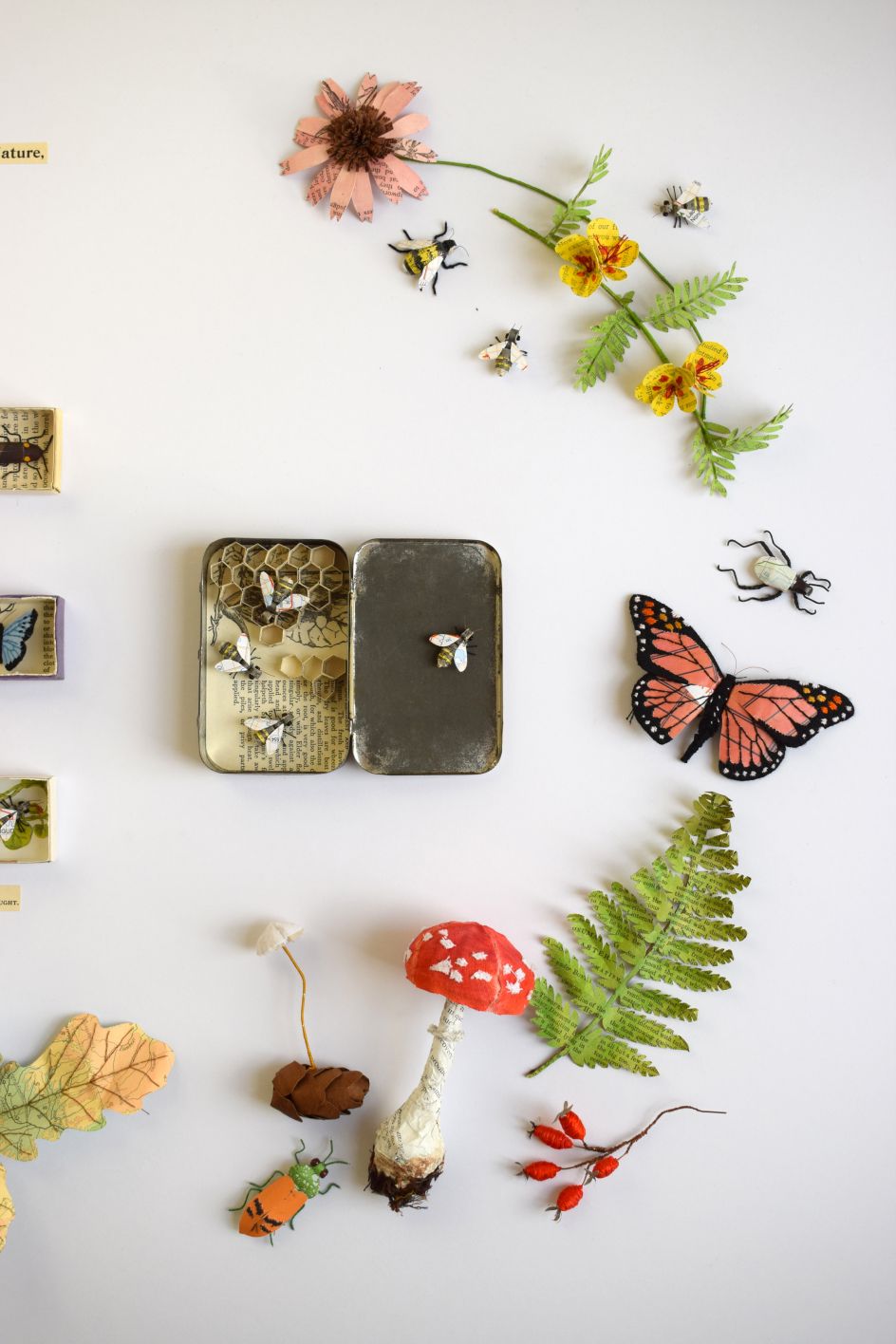
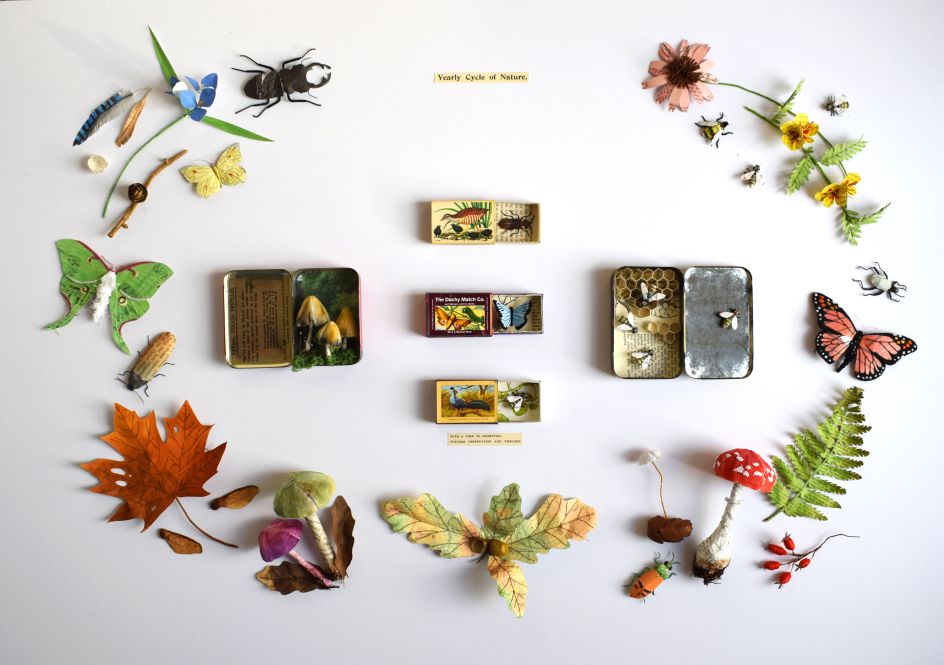

















](https://www.creativeboom.com/upload/articles/6f/6f9775d9fcf5ddc4698cd9937004fb1f2076c484_732.jpeg)
